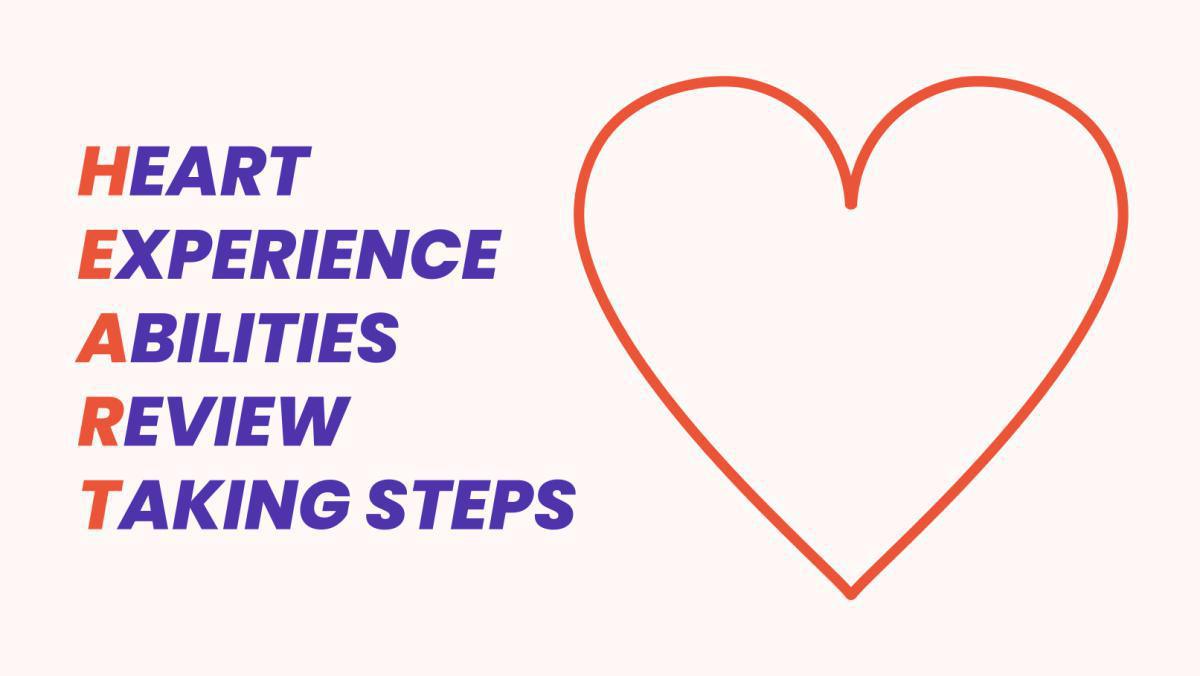How can we care and reach out to those around us by practically caring for their needs?
Scripture
Read the following Bible passage and note what stands out to you about Jesus’ teaching.
Matthew 25:31-46 (Parable of the sheep and the goats)
What importance is put on practical love and care in this passage?
According to this passage, how is the person of Jesus involved as we care for others?
Story
One of our Missional Communities has become very involved in caring for refugees and asylum seekers through a charity called Welcome Boxes. They get notified when a new refugee or asylum seeker is relocated to their area, and some members of the Missional Community then go round with a box of essential items and a friendly face. It is incredible what a difference this simple act makes to people’s lives as they are shown care and given a great welcome. It is common to hear those who receive a welcome box say things like, ‘I feel this is my home now’, or ‘I feel like I have found a new family.’ Many of the refugees and asylum seekers are keen to accept the offer of prayer and take up the opportunity to come into the life of the Missional Community and hear more about the new life that Jesus offers.
What stories do you have of following God’s leading to care for those in need?
In what ways does your Missional Community already engage in Acts of Service? What impact is this having in your neighbourhood/town/city?
Shape
The acrostic H.E.A.R.T. is a great way to prayerfully consider what Acts of Service God may be leading you and your Missional Community to engage with.
Heart: This step is about listening to your heart to see how God may be speaking through the desires he has placed there. What really motivates you? Which people interest you? What sort of needs do you want to help with? What issues are you motivated to do something about?
Experience: This step is about considering your past experiences to see how they might best be used. This is about thinking through your family background, education, past careers and vocations, and even your experience of difficulties, i.e. addictions, poverty, trauma, etc.
Abilities: This step is about considering your natural, God-given, talents and abilities. What are you good at? What comes naturally to you? What abilities are other people amazed at but you think are just normal? What do you feel made to do? What do you feel God’s delight doing?
Review: This step is about stopping and taking time to pray about the last three steps and consider future action. What is God saying to you about your desires, experiences and abilities? How is he leading you to use your experience and abilities to do what is on your heart? What opportunities are you aware of to serve in your community? How could you find out about opportunities you can’t yet see?
Taking steps: This step is about making a plan and putting it into action. What first steps of faith are you going to take? What are you going to do? Who are you going to ask to support you? What is your plan? How will you know when it is done?
[Taken from The SHAPE Course by Erik Rees]
So What?
Go through the HEART process for you as an individual. What did you sense God saying? What is your resulting plan of action?
As a whole Missional Community, discuss each part of the HEART process, noting any shared desires, experiences and abilities that exist in the group, as well as the opportunities that exist to serve your neighbourhood/town/city.
Off the back of this, start to develop a plan of action as a Missional Community.
What first steps of faith could you take to serve your neighbourhood/town/city?
Consider existing projects that you could make use of, to save you setting something up from scratch, e.g. Welcome Boxes, Coach Mentoring.
Grow Further
Memory Verse:
‘The King will reply, “Truly I tell you, whatever you did for one of the least of these brothers and sisters of mine, you did for me.”’
Other Bible passages:
Other resources:
Video: 7 ways to be a more generous person – Caesar Kalinowski
Got other suggested resources? Tell us about them using the Feedback Form.

